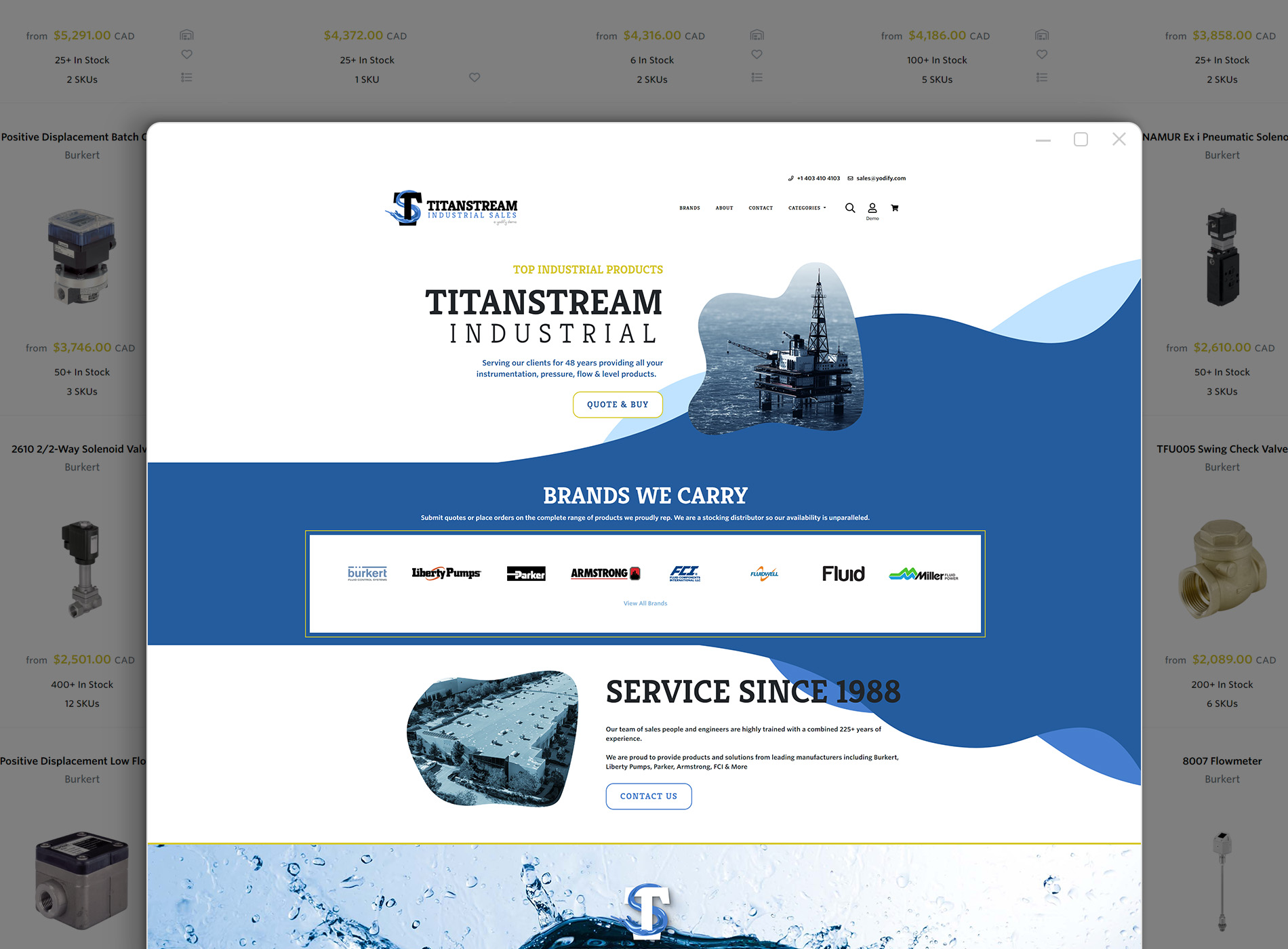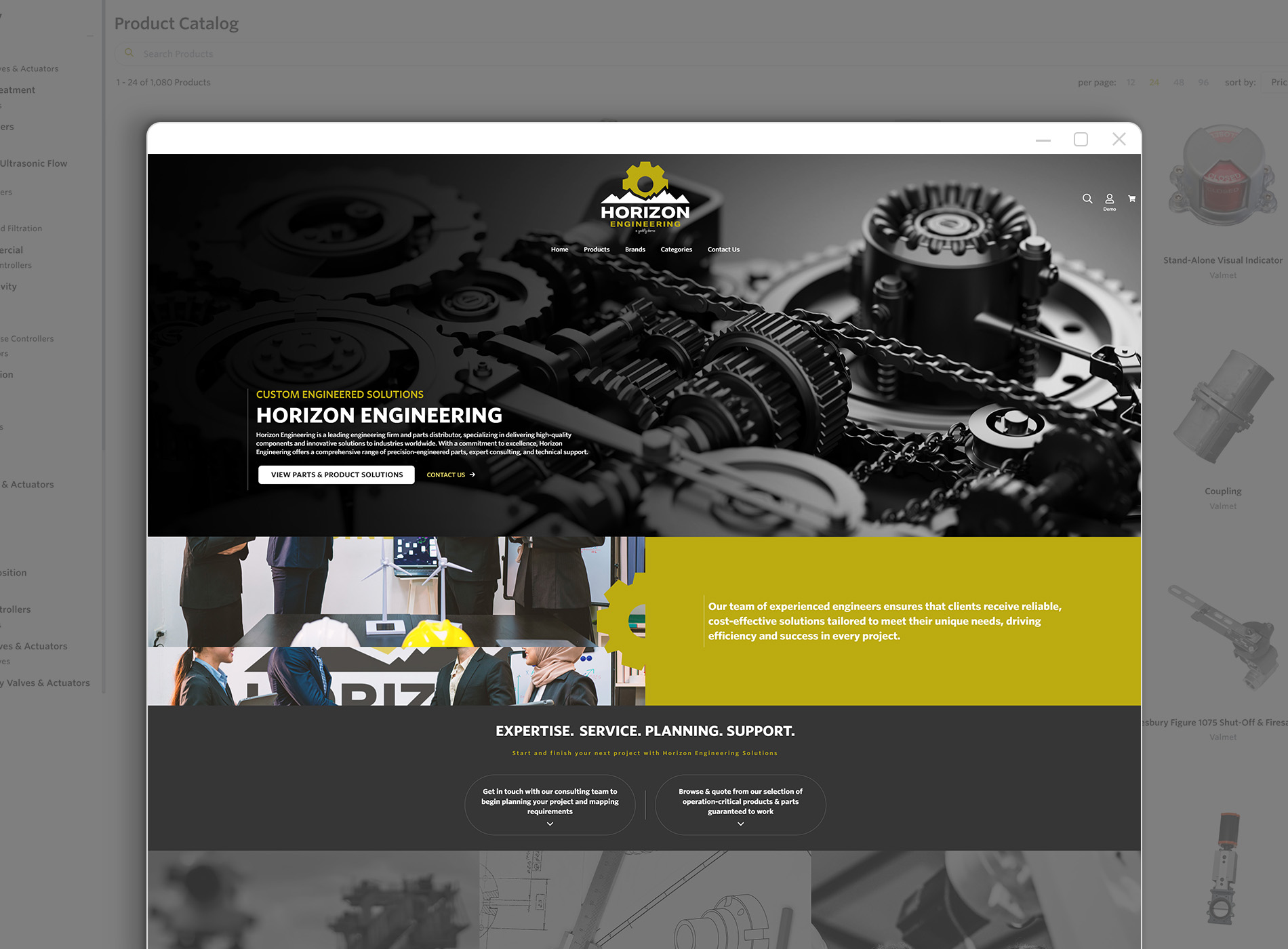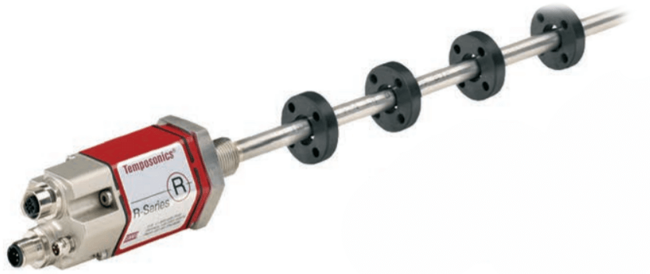Yodify Product Library
Add the R-Series Profibus Absolute Non-Contact Position Sensor to your store or catalog
Book Your Demo and See How
or create your store
R-Series Profibus Absolute Non-Contact Position Sensor
Brand: Temposonics an Amphenol CompanyTemposonics sensors fulfill all requirements of PROFIBUS-DP (EN 50170).
The sensor realizes the absolute position measuring with direct transmission of serial, bit synchronous data in RS485 standard to control units in a baud rate of 12 Mbit/s maximum.
PROFIBUS interface is built-up with Siemens bus controller SPC3. In addition to applications data transmission, PROFIBUS provides powerful functions for diagnostics and configuration, loaded into the bus via the GSD.
Features- Rugged industrial sensor
- Linear and absolute measurement
- LEDs for sensor diagnostics
- Non-contact sensing with highest durability
- Direct Profibus-DP output, position + velocity
- Multi-position measurement: 1 sensor for maximum 20 positions
Specifications
Approvals & Certifications
- EMC Electromagnetic (Emission EN 61000-6-4, Immunity EN 61000-6-2), EN 61000-4-2, 3, 4, 6, Level 3/4, Criterium A
- EN 61000-4-2, 3, 4, 6, Level 3/4, Criterium A, CE-Qualified
- IEC 61158 CPF3 PROFIBUS
- UL 61010-1
Communication
- Data Format: PROFIBUS DP Slave (IEC 61158 CPF3)
- Data Transmission Rate: Max.
Current
- Current Drain: 90 mA Typical
Display
- LED Diagnostic Display Beside Connector
Electrical Connectors
- 2 m PUR-Cable without Connector
- 2 x 5-Pin Male/Female Receptacle M12
- 2 x 6-Pin Male/Female Receptacle M16
- 4-Pin Male Receptacle M8
Electrical Protection
- Overvoltage Protection: up to 36 Vdc
- Polarity Protection: up to -30 Vdc
Environmental Protection
- Ingress Protection (Profile): IP65
- Ingress Protection (Rod): IP67
- Ingress Protection RS: IP69K
Humidity
- Dew Point, Humidity: 90 % RH, Non-Condensing
Hysteresis
- < 4 µm
Length
- Stroke Length (Profile): 0.98 to 196.9" (25 to 5,000 mm)
- Stroke Length (Rod): 0.98 to 299.2" (25 to 7,600 mm)
Linearity
- < ± 0.01 % of Full Scale (Min. ± 50 µm)
Linearization
- Internal Linearization: ± (20 to 70 µm) = 100 to 5,000 mm ML
Materials of Construction
- Rod with Flange: AISI 304 Stainless Steel 1.4301 - Rod Model
- Sensor Stroke (Profile), Sensor Head: Aluminum
Metric Connection
- Threaded Flange M18 x 1.5
Mounting
- ProFile Movable Mounting Clamp
- ProFile T-Slot Nuts M5" Base Channel
- Rod: Hex Nut M18
- U-Magnet, Removable & Position Magnet: Plate Mounting
- U-Magnet, Removable & Position Magnet: Screw Mount from Antimagnetical Material
Mounting Position
- Any Orientation
Operating Temperature
- -40° to 75° C (-40° to 167° F)
Pressure Rating
- psi: 10,150 (kPa: 70,000, bar: 700) Peak for Hydraulic Rod
- psi: 5,076 (kPa: 35,000, bar: 350)
Repeatability
- < ± 0.001 % of Full Scale (Min. ± 2.5 µm)
Resolution
- Position: 1 µm / Other Values Selectable Via GSD-File
- Speed 5 µm Position Resolution: 0.14 mm/sec up to 7,600 mm
- Speed 5 µm Position Resolution: 0.21 mm/sec up to 4,500 mm
- Speed 5 µm Position Resolution: 0.43 mm/sec up to 2,000 mm
- Speed 5 µm Position Resolution: 0.64 mm/sec up to 500 mm
Seat / Seal Material
- Seal: Oil-Resistant Sensor with FPM
Shock
- 100 G Single Hit, IEC 60068-2-27
Supply Voltage
- 24 Vdc (-15 / 20 %)
Temperature Coefficient
- < 15 ppm/°C
Tolerance
- Linearity Tolerance (RP, 1,200 to 3,000 mm): Typical ± 45 µm, Max.
- Linearity Tolerance (RP, 3 to 5 m): Typical ± 85 µm, Max.
- Linearity Tolerance (RP/RH, 300 to 600 mm): Typical ± 20 µm, Max.
- Linearity Tolerance (RP/RH, > 600 to 1,200 mm): Typical ± 30 µm, Max.
UNF/UNC Connection
- Threaded Flange: 3/4"-16 UNF-3A
Vibration
- 15 G (10 to 2000 Hz), IEC 60068-2-6
Voltage
- Electric Strength: 500 Vdc (DC Ground to Machine Ground)



